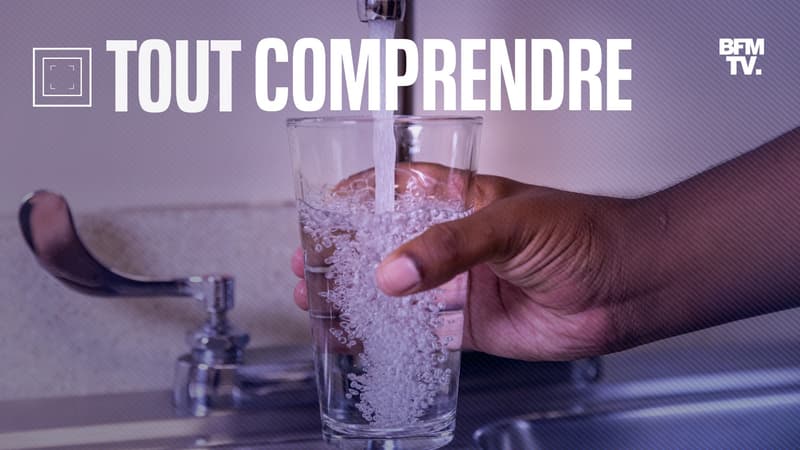A third of the drinking water consumed in France is contaminated by a pesticide, chlorothalonil, banned since 2020 in France, according to a study by the National Agency for Food, Environmental and Health Safety (ANSES) published this Thursday. The Government assures this Friday that more frequent controls of this product will be carried out.
• What pesticides were discovered?
Among the 157 pesticides evaluated in the survey, the ANSES report particularly points out the presence in the water of the metabolite of chlorothalonil R471811. It is a component resulting from the degradation in the environment of the pesticide in question.
Chlorothalonil R471811 is a fungicide marketed by the multinational Syngenta. Banned in France since 2020, it has been widely used in agriculture for 50 years. In 2017, 39 products, ranging from wheat to tomatoes and carrots, were still being sprayed in France with this pesticide, according to ANSES.
In addition, another pesticide residue, metolachlor ESA, has been identified. It is a herbicide used in particular to weed corn crops.
• What is the extent of the contamination?
The metabolite of chlorothalonil R471811 was found “in more than one in two samples,” according to the study, leading to exceedances of the quality limit, set at 0.1 micrograms per liter, “in more than one in three rates “.
Regarding metolachlor ESA, it is present in more than half of the samples. Less than 2% of them exceed the management value of 0.9 milligrams per liter defined for irrelevant metabolites.
The results are still partial, but for the moment they reveal that certain territories are more concerned than others. The Paris basin, the Loire Atlantique, but also many communes in the Oise are particularly affected, when the south-east and Corsica are safer.
These rates are still lower than the maximum sanitary values established in France or even the sanitary values established in Germany of a maximum of 3 micrograms per liter, also recalls Christophe Rosin, head of the water chemistry unit of the ANSES hydrology laboratory. in nancy, in Release.
• Why its presence in the water despite the prohibition?
According to ANSES, the results of the study show that “certain pesticide metabolites can remain present in the environment for several years after the ban on the active substance that originated them.” Syngenta, for its part, assures AFP that it takes the safety of its products “very seriously.”
This phenomenon is not surprising for associations. Certain pesticide metabolites can remain present in the environment for several years after the ban on the active substance from which they originated.
“Pesticides do not disappear with a spoon,” explains Dominique Le Goux, from the Brittany Water and River Association.
• Should we be worried?
Chlorothalonil is a product that “should be classified as a category 1B carcinogen”, that is, as a “suspected” carcinogen, according to the conclusions of the European Food Safety Authority (EFSA).
In fact, studies indicate that “renal tumors in rats and mice” have been found in studies with chlorothalonil. Last February, ANSES said that it wanted to ban the main uses of this molecule.
However, the ANSES emphasizes that the presence of the detected pesticides does not necessarily mean that there is a danger, as the measured levels remain below the maximum sanitary values.
“The fact of being outside the quality criteria does not necessarily induce a risk to health,” he confirms in The world Régis Taisne, chef of the département cycle de l’eau à la Fédération nationale des collectivités cédantes et régies (FNCCR), tout en précisant que de nombreuses inconnues demeurent et que “les acteurs de l’eau aimeraient quan même savoir si cette molécule est effectively problematic”.
• What consequences?
According to the FNCCR, “the elimination of this metabolite in drinking water is possible”, but “it would require significant investments for water services that would imply a significant increase in the price of water.”
The executive wants to be reassuring. The Ministry of Ecological Transition recalls this Friday that “the transitory sanitary value that allows preventing a health risk (is) of 3 milligrams per liter”, is higher than the rates detected.
“The water sampled and analyzed is, therefore, non-compliant, but does not present any risk to health,” he concludes.
However, the Government indicates that it remains “vigilant” and ensures that, as a precaution, this year “more periodic measurements” of the product will be carried out to evaluate the evolution of the presence of chlorothalonil and its metabolites in the ‘water.
Source: BFM TV


